Recipient of two national RTDNA Edward R. Murrow Awards, as well as the Congressional Medal Of Honor Society’s “Tex McCrary Award For Excellence In Journalism” for her war reportage, Alex Quade has been embedding with troops covering war zones and hostile environments for almost 20 years. She remains the only reporter to have embedded with U.S. Special Operations Forces on combat missions downrange.

Producing a dozen or so documentaries and multiple video series’ covering every branch of the military, including Wounded Warriors, Alex Quade is a vital part of the information chain communicating to the American taxpayer. Providing insight and explanation to the average viewer of what is typically unseen and unheard in a combat zone thousands of miles away from the safety of one’s living room armchair, Quade has delivered countless “you are there” moments with her objective, yet personalized, reporting. Her latest documentary, DANGER CLOSE, takes us up close and personal with Special Forces Operational Detachment Alphas (ODA’s or A-Teams) by introducing us to ODA 072 and the men of Combat Outpost Pirelli. But that’s only the beginning of the story as Quade embarks on a journey which takes on personal meaning once meeting the family of Rob Pirelli and making a promise which she was determined to keep.
Anyone who has seen a report by Alex Quade knows she is one tough cookie, but in speaking with her on a personal level, there is an effusiveness of light and laughter which has served her well as a balance to the dangers she faced in the field. Starting out in local television news in Yakima, Washington, her early assignments (in addition to the mailroom) included stories on tumbleweeds, “The Menace of the Tumbleweeds” as she likes to call it. From there she made to the jump to Chattanooga, Tennessee and then on to Atlanta where she was picked up by the new Fox News Channel and assigned to the Southeast Bureau covering everything south of Washington, D.C. and east of Texas. Her only mandate from the powers that be? Out-live shot CNN. So it’s no surprise that CNN eventually hired Quade away from Fox News and within six months sent her overseas to be their Frankfurt Bureau and cover war zones. It’s this experience which contributes to Quade’s for the unvarnished capturing and reporting of everything that she sees.
As she relates, “I had been basically CNN’s embed queen from 9/11 on. I’d covered every service and I’d embedded basically with every unit that there was and the only thing that hadn’t been tapped, that hadn’t been done, was covering special operations.” With unrelenting passion and drive, “From basically 2006 or so on, that became my focus because what has been the journalistically impossible thing to get access to. . .I just figured that people need to know a little bit about what’s going on over there. They deserve to.”
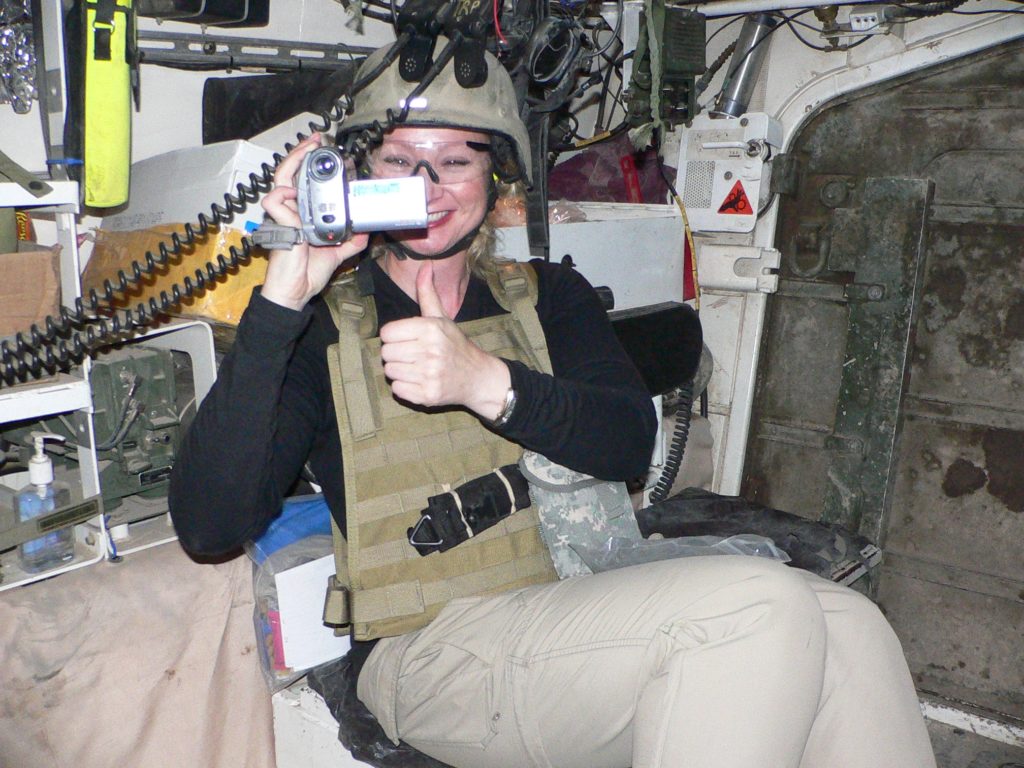
Embeds just aren’t happening today. They did happen after 9/11 and when the Iraq War kicked off, but the focus has shifted. Quade’s tone saddens as she relates “I am told by news organizations that the American public is not all that interested in this type of coverage anymore. It’s very expensive for a news organization because they have to pay for war insurance and everything. It’s very dangerous. The threat is real. You’ve seen what ISIS is doing every time they capture a journalist, James Foley, etc. It is a legitimate threat and danger. It is a difficult thing to cover.” It’s because of this that DANGER CLOSE is so important to Quade and, hopefully, to military members, Gold Star families, wounded warriors and the American taxpayer.
“This was a journalistic and historic first to be able to have this kind of access. We may not ever have this kind of access again to Special Forces because they are the elite of the elite, and especially after the field got Osama bin Laden, there has been a clamp down on embeds and on stories with special operators. This might be the only opportunity that the American audience and the audience worldwide gets to have a sense of what these men are and how they operate and what their families are like, and what that team and brotherhood is like.”
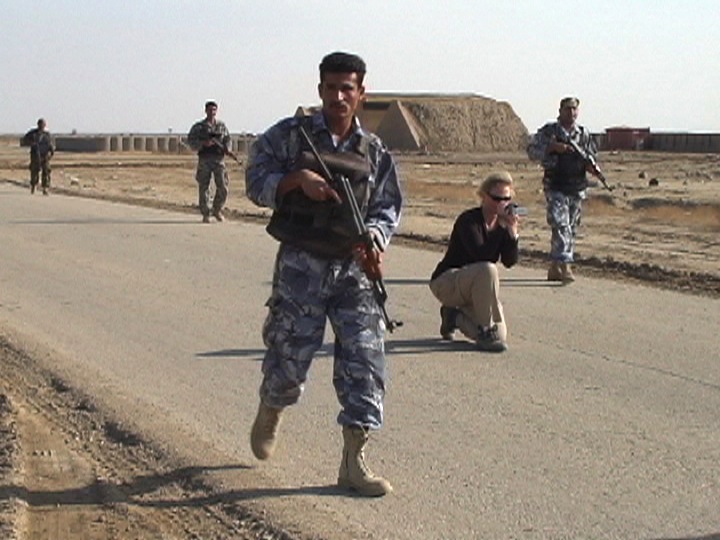
For DANGER CLOSE, Quade’s extended embeds were fully financed by her and done on a freelance basis. She had no network or production company behind her. It was her dime and her time, but on the military’s timetable and at the military’s discretion whether to allow her to embed. “There was no cakewalk getting access to be able to get in with the Special Forces teams. First off, Special Forces, the Green Berets, they have a throwback to Vietnam where they just do not like reporters. Plus, this is a very closed and very secretive community for a reason. What they are doing is very quiet. Even right now they’re out there fighting on our behalf and doing things in, I think, 73 countries, which we don’t even know about. It was very very tough.”
Once given clearance to embed, Quade required training. “The ODAs (Special Forces Operational Detachment Alphas) taught me about weapons. They also wanted to see if I’d flinch, as a member of the press, when handed a firearm. But, NO, I never ‘packed heat’, because that would make me a combatant. My little video camera and little notebook were my only weapons. Still, the Green Berets schooled me on what they had in each of their team’s arsenals. I probably amused them on the Barrett; one of the Senior Weapons Sergeants said he was more worried I might hurt myself. ”
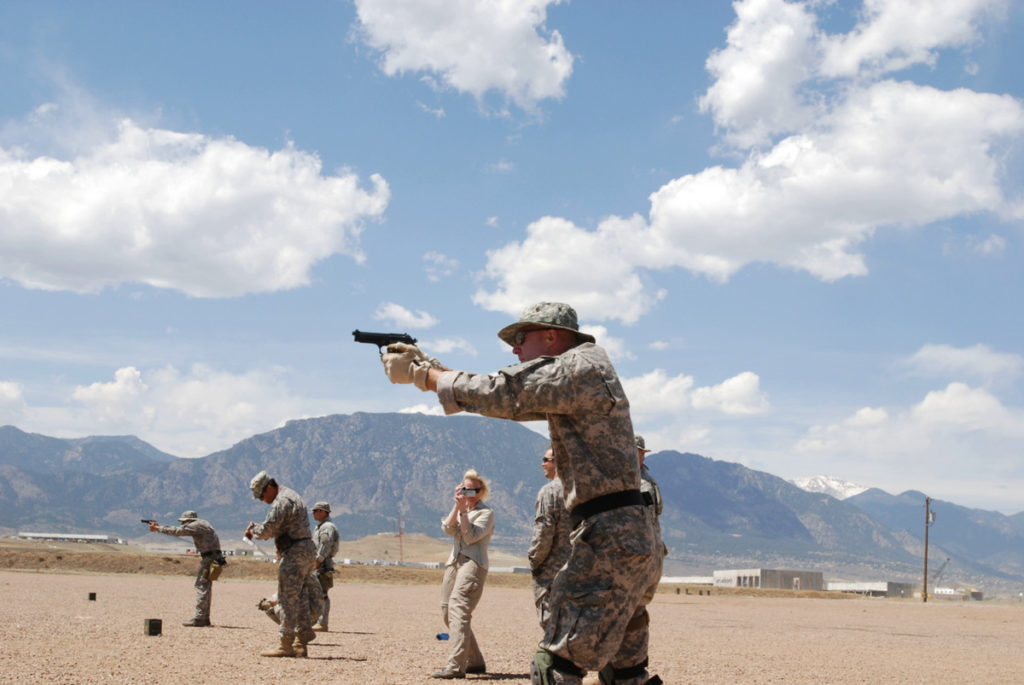
Once embedded, Quade earned a very unique vantage point inside these Special Forces teams and their missions, “able to witness firsthand the capabilities of what a small group of very highly trained individuals can do and what they can do to affect the battle space.” It’s this firsthand account which gives the audience a glimpse, “a very unique glimpse of these ODA’s, these A-Teams which goes over a two-year period because there was a change of the mission, there was progress.”
On watching DANGER CLOSE, one is truck by all of the night vision and mission footage from Quade. With no crew, she was doing all of her own shooting with what she affectionately calls her “weenie cam”, a small video camera in use in the mid-2000’s which fit in the palm of her hand. “My goal is always that I just keep shooting as much video as I can. You’re either under fire or the conditions are not exactly Hollywood cinematic. The lighting sucks. There is dust, there is dark, there is who knows what and so my goal has always been to shoot as much footage as possible . . . It’s very raw. It’s very real. It’s very gritty. And some of it might not be pretty, but it’s very much ‘you are there’ point of view. I am merely a pesky fly on the wall trying to cover these Green Berets who are doing very rough work in very difficult places. I’m just there trying to give them the voice. They are the ones who are actually doing. My camera is the POV of the audience.”
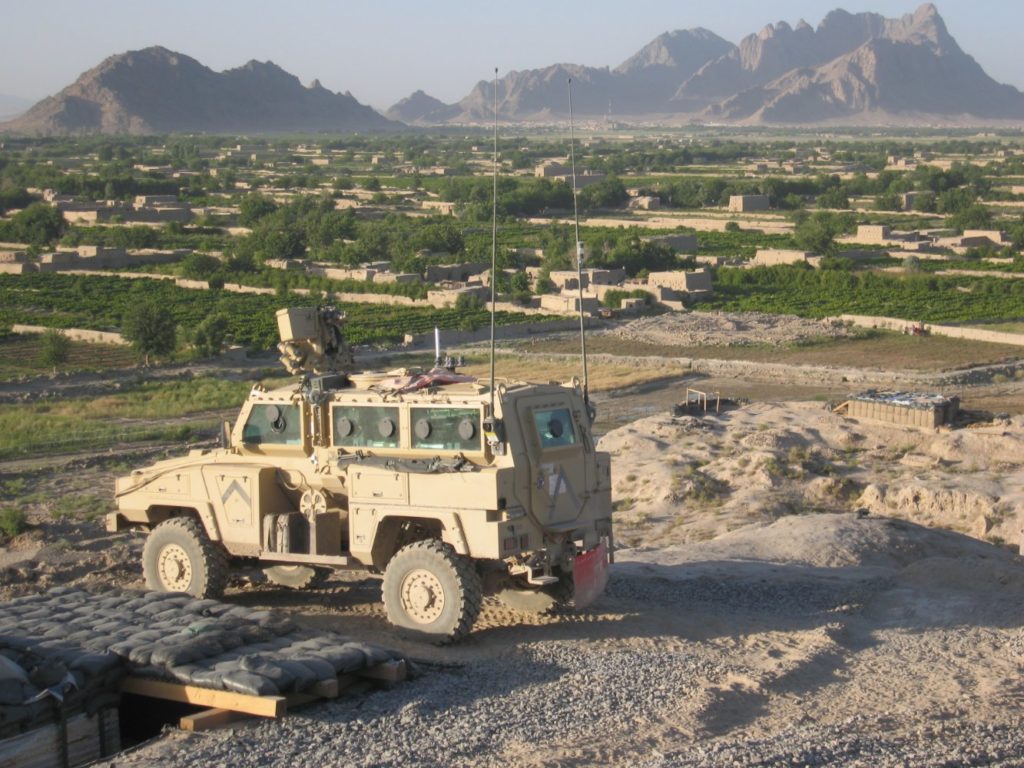
An important aspect of Quade’s reporting with DANGER CLOSE and all of her reporting over the years is her ability to explain military jargon for the layman as part and parcel to the story. “It might sound that I’m asking really idiotic questions, but I don’t think that they’re idiotic. I try to put myself into the place of the audience, the viewer. I might ask things that seem like basic 101, but the person back home watching, they might not understand exactly what’s going on. I have an opportunity to immerse myself in their world. But instead of carrying a weapon, I’m carrying this little small video camera with the goal of trying to show the American audience what combat looks like up close and personal. And in this case, DANGER CLOSE, what it sounds like and what it feels like. My responsibility is to the audience to make it understandable for them and for their families and to try to put these stories of these special forces into context. When you hear something on the video or on the documentary where they are talking in jargon, again, that’s my role as a journalist to try to give it context and to be able to explain that for the audience. That was something I was always incredibly mindful about – what my responsibility was.”
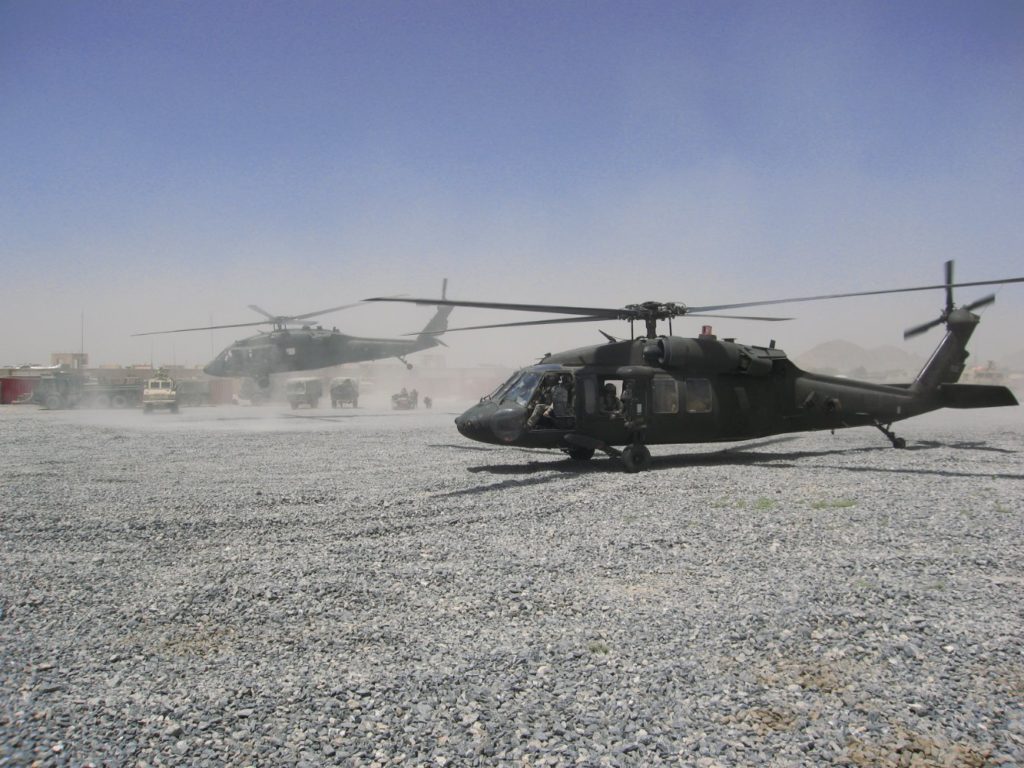
One should never believe for even a moment that a reporter is safe when they are in an embed. Over the years, we have seen reporters injured, sometimes severely, when with a unit not even downrange . But when embedded with the Special Forces, it’s a whole different ball game. Danger is everywhere and for Alex Quade as not just a journalist, but a female, even moreso. “The danger was real. The Special Forces Commander told me that every one of his men was on a hit list—by name! And, by virtue of me being with them, that I was a target, too. The enemy knew who we were and had bounties out for the capture of a Special Forces soldier. That’s why the Green Berets told me– that if it was a really ‘bad day’ – and the team was slaughtered around me — I must NOT allow myself to be captured. I was to grab one of their weapons– and save one bullet for myself. Because that would be preferable to any “interrogation”– or getting my head cut-off on the internet for propaganda value, like they did to my colleague from the Wall Street Journal – Daniel Pearl; or more recently to James Foley or Steven Sotloff. And imagine the distraction– of a Western female journalist’s being captured. Imagine how that would cloud the real story over there– the story of these Special Forces men and their mission.” For Quade, first and foremost is always keeping your eye on the story, the real story.

The real story in DANGER CLOSE takes place around Captain Rob Pirelli. There is definite arc and story construct that takes us on a path that starts with ODA 072 and Pirelli’s story. Although with a condensed timeline in the film, Quade takes us on her journey just at more expedient rate. She had been embedded in Afghanistan for quite awhile before heading to ODA 072. “I’d actually been on a bunch of missions with the A-Teams and I actually had been on air assaults and met Rob [Pirelli], and met his teams.” So when DANGER CLOSE opens up with Quade at ODA 072, “I’d already gotten to know these guys. Then when he was killed it was an obvious that his story needs to be told. And also, just being with his teammates afterwards, they needed some closure, they needed to get the story out, they wanted to honor their brother.” This set the wheels in motion in shaping DANGER CLOSE.
The story took on even greater personal gravitas for Quade after she was sent back home to recover from a severely sprained ankle suffered in a vehicle evac when under attack. “When I got back home it was important for me to follow-up with his family.” She not only met them and got to know them, but “his father made me promise that I would try to get back over there, which I had planned to anyway, but here now I have a promise hanging over my head.” As we see and hear unfold on screen, there was a desperation in Mr. Pirelli’s plea that no one could have ignored. “When I linked back up with Rob’s team at Little Rock, they also, the medic Tim who had tried to help Rob breathe his last breaths, he also asked me, ‘Please. It would be great if we could be back over there but because we can’t, can you let us know?’.”
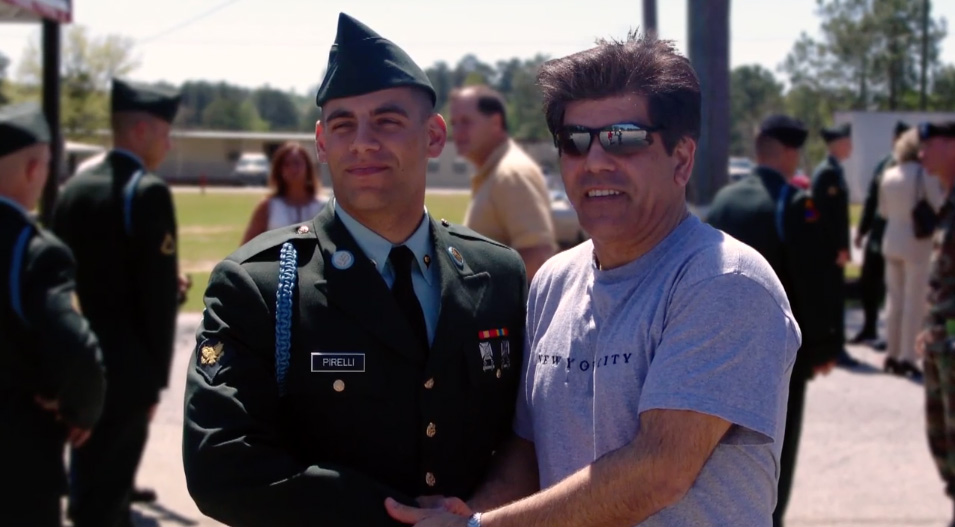
On completing her embed and fulfilling her promises to the Pirelli family, Quade returned to the States and began working with directors Christian Tureaud and David Salzberg to put together what we now see as DANGER CLOSE. Although the actual story and filming took place from 2007-2009, post-production on a documentary such as this is tedious and time consuming. “I tracked down all the aircraft that were racked and stacked on every mission. I went and followed up and got interviews with all of the teammates and the teams and their families. It was still actually news gathering for awhile.” And of course, every frame of footage is scrubbed of identifying markers on locations, aircraft and personnel.
But being an embedded journalist in a combat zone does have its moments of levity, especially for Quade who related two instances when the boys of A-Team got the best of her. “The first one was after the air assault that you saw with the Chinook. One of the Afghan men asked if I was a little white-haired old man. ‘What’s the little white-haired old man doing on this mission?’” I must be very wise because they revere their elders. I must be a very wise man to be on this mission. [laughing]. They explained to him that ‘No, I’m a woman.’ Then in Iraq when the Iraqis figured out later that I was a woman, the Special Forces decided to play a joke on my behalf. They decided they would negotiate or barter me off for a herd of goats. You know you’ve earned their respect when they’re going to make fun of you. Well, bidding started at 25 goats and went from there. This of course is exactly what I had aspired to when I was a young journalist in college wanting to go out and cover wars. I always thought my big goal was to actually become Iraqi goatherder wife number 4.” And just how many goats was she worth? We’ll never know as “they did cut off the negotiations at some point.”
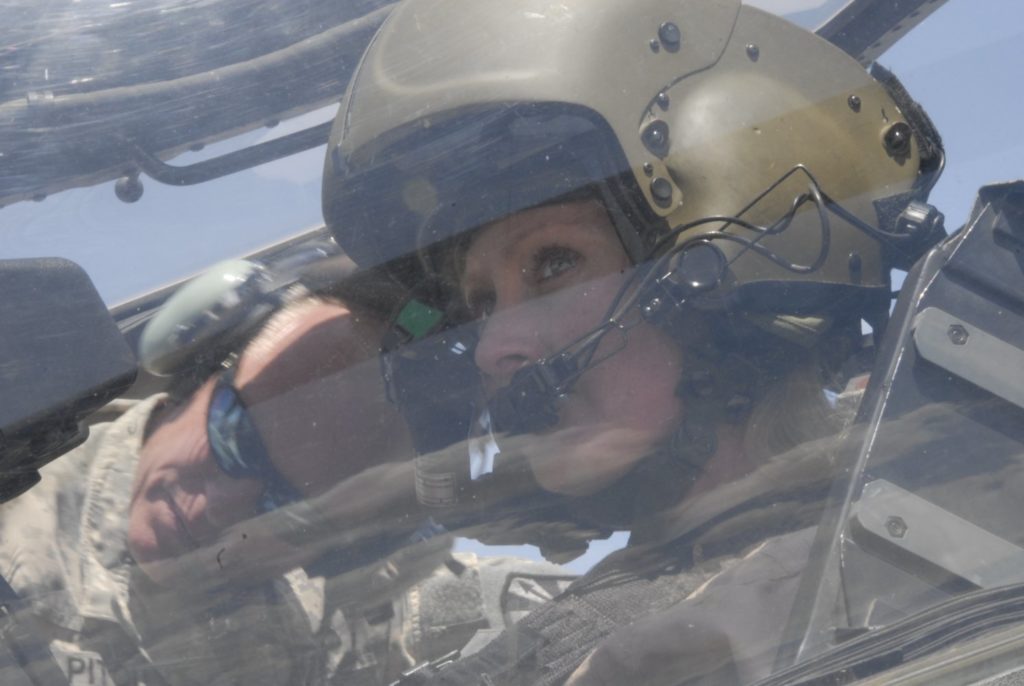
For Alex Quade, the mission never ends. “It was really important to share the intensity of combat as well as this dedication of the military personnel serving downrange. I’ve always thought it was important to put these puzzle pieces together with all of the stories I do, to really show the courage that their families back home – especially the Gold Star families, like you saw. I’m just very dedicated to telling the stories of these quiet professionals because otherwise there may not be any, or very limited, documentation of what they’ve done on behalf of the American taxpayer. A complete and perfect example, and it’s a Hollywood example, if you figure that if we did not have a reporter/author who decided to track down a bunch of rangers a few years and get their stories down, we would never know the story of ‘Black Hawk Down’ which, of course, became this epic movie and it became an iconic moment in military and U.S. history, but nobody would have ever known. Americans would never have known about this. So there is a role for journalists and it’s great when you can get it out on a wider venue such as a Hollywood documentary so that more people can try to see this.”












